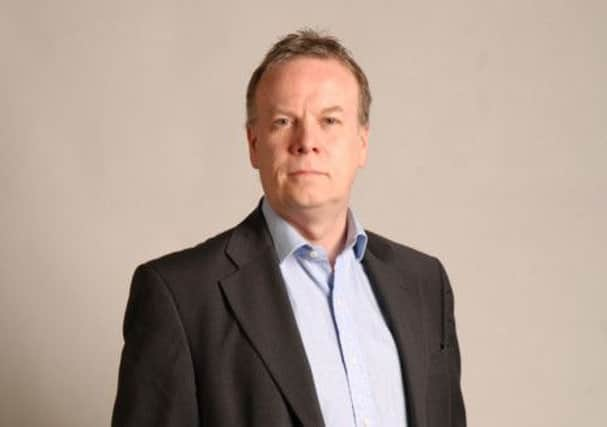Comment: Independence needs proper risk assessment


McMillan does not raise any specific area of uncertainty that has not been mentioned hitherto, not least in these columns, but he adds to growing demands for the argument to progress from detailed proposals to an assessment of the downside risks that come with them.
The white paper on independence, published last month, avoided mentioning any risk that might be attached to the propositions listed in its 670 pages. To a business reader, this would be a stark omission.
Advertisement
Hide AdAdvertisement
Hide AdConsider how any board or set of investors might judge a proposal before deciding on a course of action. They would firstly assess the potential advantages that each option might bring, before turning their attention to the risks and costs.
We have more – but by no means all – of the details required on what each side is proposing. There is certainly more to come and more needed. But the debate has to move on from making promises and pledging the Earth. What is missing is that vital ingredient that will remove the uncertainty attached to any decision: in this case, a measure of what might prevent these promises from being delivered and what would be the outcome if they were not.
But by asking the Scottish Government to be “open and realistic” about the risks and costs of independence, McMillan is being a little optimistic, maybe even unrealistic. Politicians can hardly be expected to damn their own policies, especially when so much is at stake.
Therefore, in the absence of any guidance from the politicians, the CBI and its members could begin by addressing these issues themselves and searching for their own downside risks.
For starters, it should be the duty of every auditor to include an assessment of the risks of independence in company reports. As well as providing valuable professional advice to their clients, it might produce the kind of insight that would benefit the wider debate.
Markets in bullish mood despite eurozone threat
ALL this talk of recovery could prove premature, given the underlying weaknesses that still exist and the ever-present threat of the eurozone once again coming unstuck.
Yet the markets are in bullish mood, the FTSE 100 enjoying a late “Santa rally” and the Dow Jones hitting a record. Even European bourses are moving to unprecedented levels.
The talk in London is of the FTSE 100 bursting through 7,000, beating its peak of 6,950 on the last day of the last century. The milestone may be achieved in the first quarter, with some optimistic traders even predicting it to push through 8,000 by the end of 2014.
Advertisement
Hide AdAdvertisement
Hide AdWhile there is always a danger in such exuberance, the positive sentiment is backed by a number of sound fundamentals that are beginning to underpin economies around the world. UK growth has been revised upwards, the United States is scaling back its quantitative easing programme and Ireland has exited the European Union bail-out.
It is an odd sort of recovery that will continue to blighted by a need to cut public debt and keep wages low. But both are useful checks against another bubble.